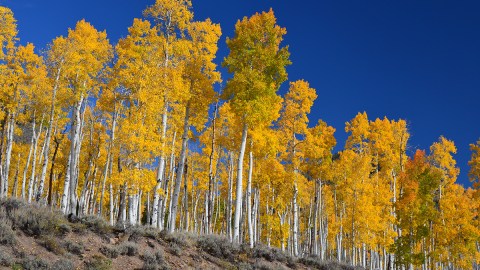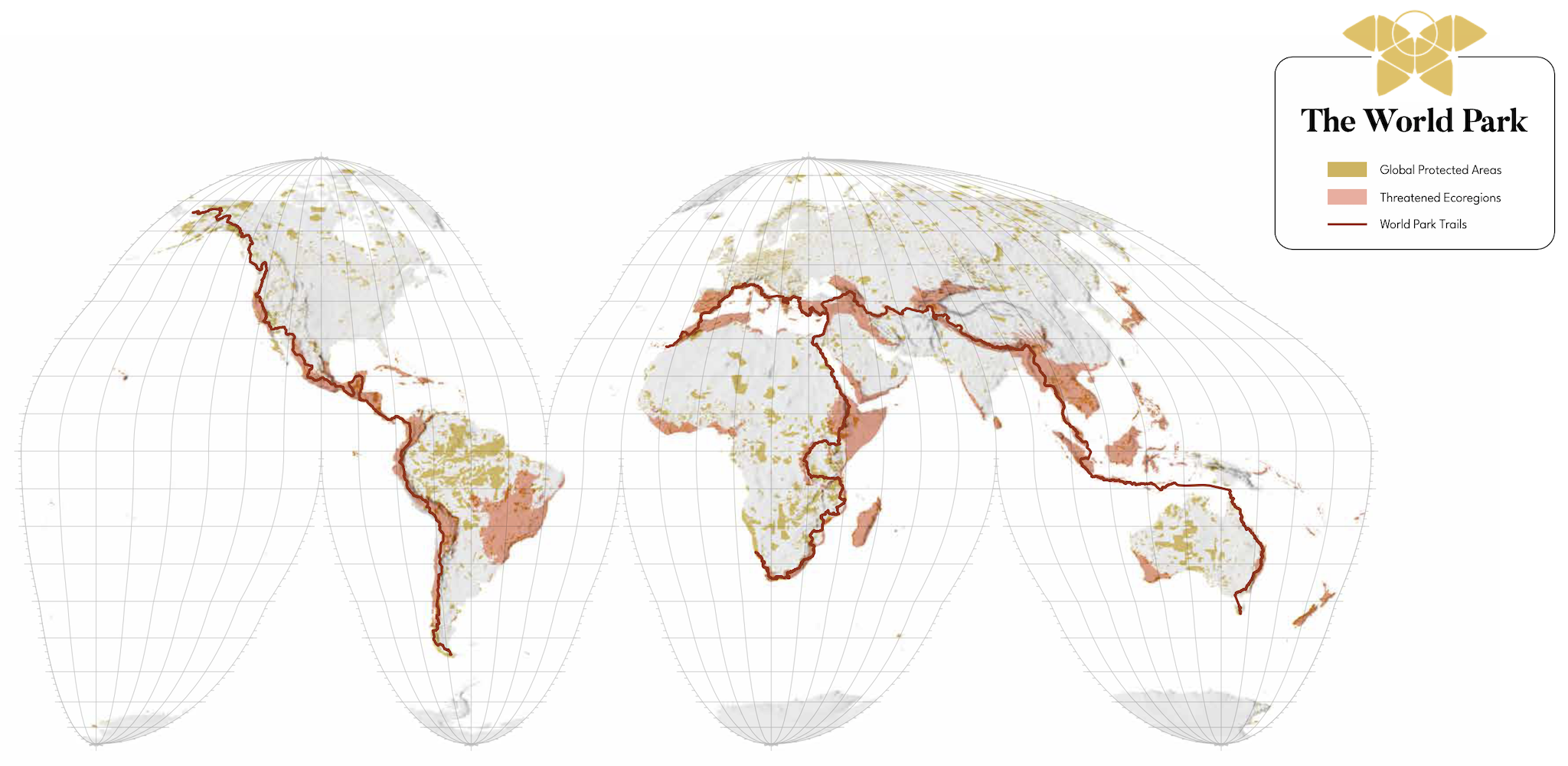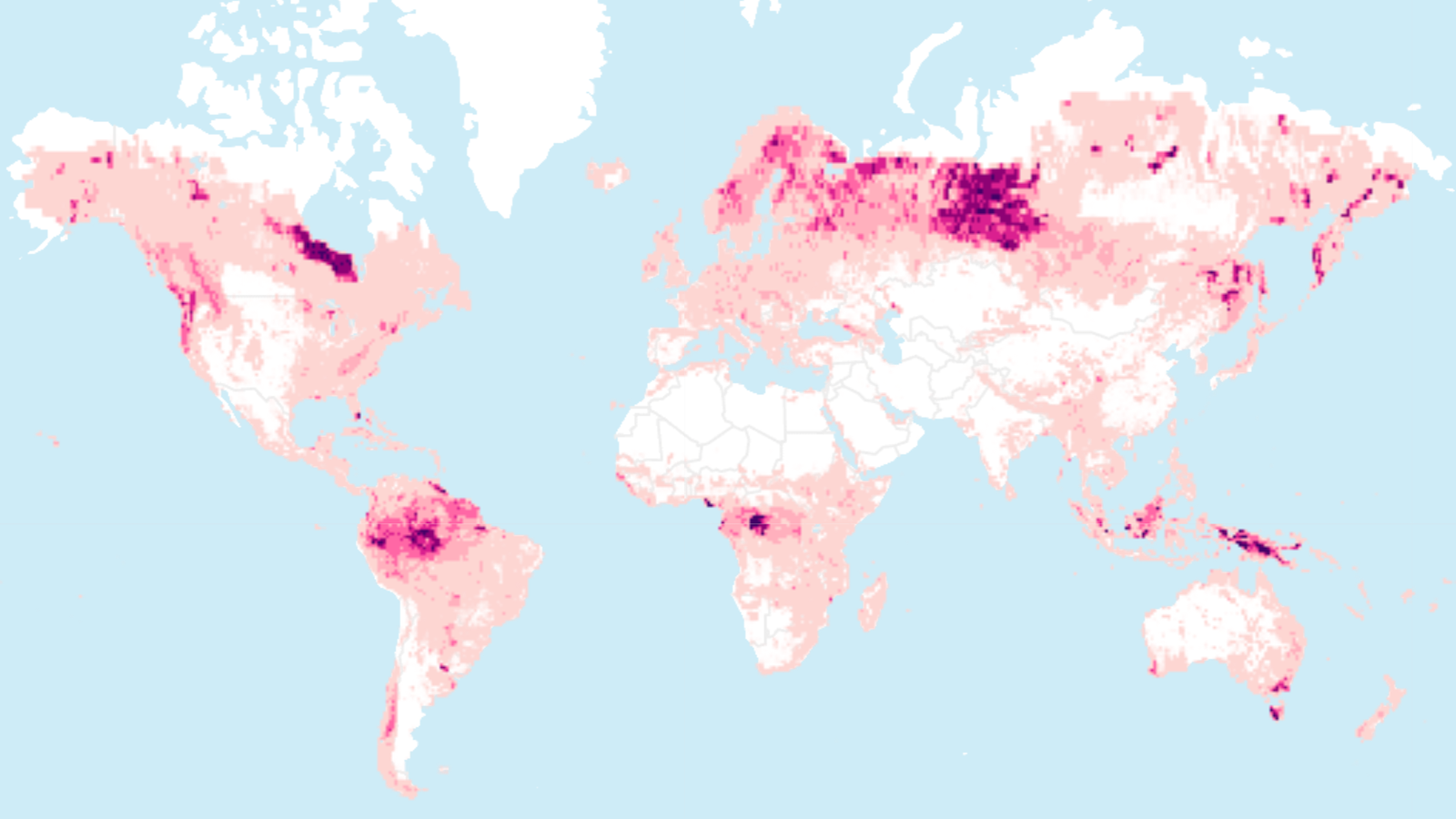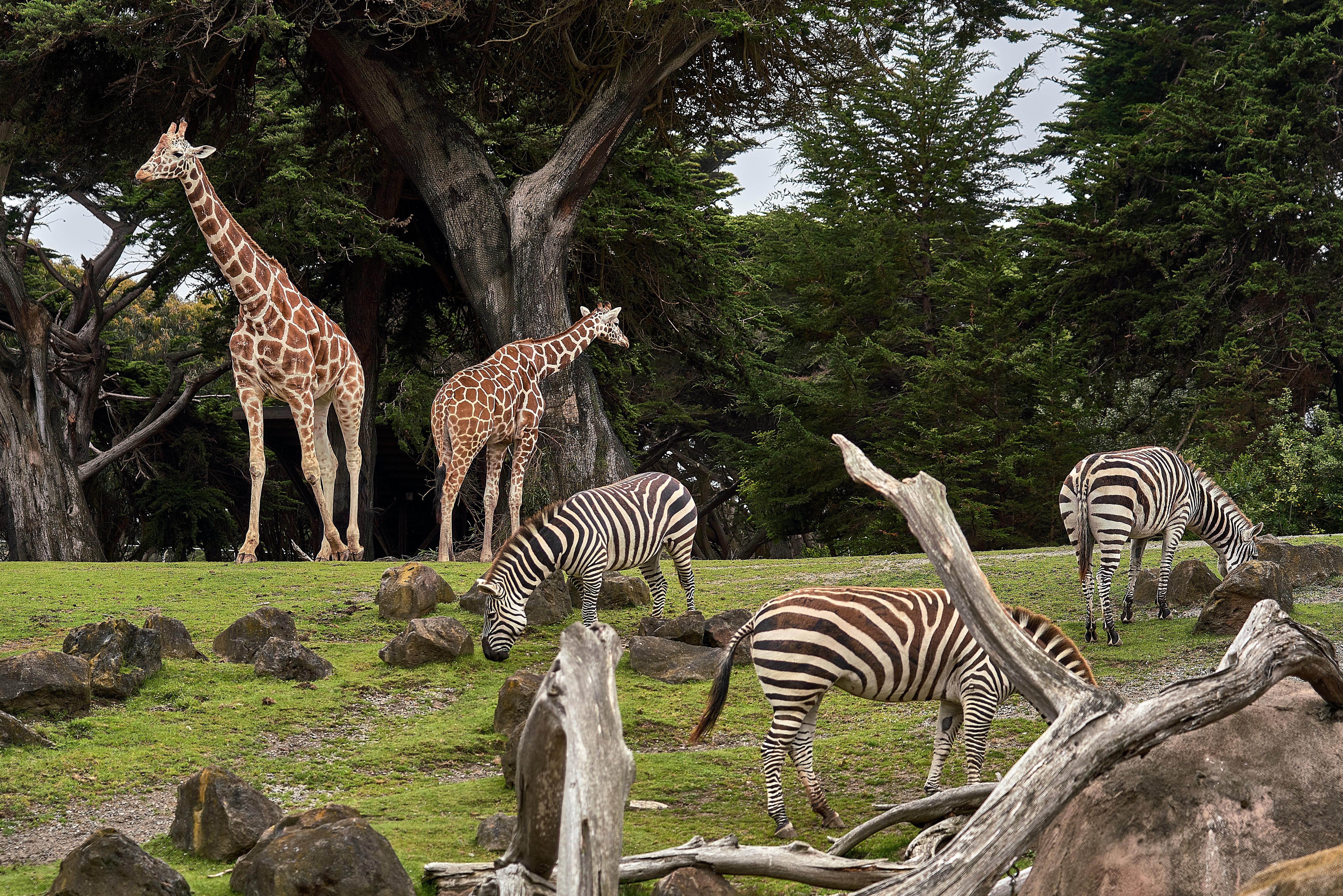Pando, the world’s largest organism, has stopped growing

- Aspens form stands of clonal trees, where each tree is genetically identical. Pando, an aspen stand in southern Utah, spans 108 acres. Experts consider it to be the world’s largest organism by weight.
- Over recent decades, Pando has been shrinking, unable to keep up with persistent over-browsing by deer and cattle. Now the genetically uniform entity is beginning to break up because of human interventions.
- The effort to restore Pando will inform conservation projects worldwide.
Pando, Latin for “I spread,” lays claim to many records. Scientists estimate that this grove of quaking aspen contains nearly 47,000 individual trees — all male and all with the same DNA. In total, Pando weighs 6,000 tons (around 12 million pounds). Pando’s root system is estimated to be thousands of years old, with habitat models placing its maximum age at 14,000 years. This makes Pando one of the oldest known living organisms.
But Pando’s long reign is under pressure. The aspen stand has weathered millennia of biological pressure, but a combination of grazing, human development, and drought threatens to stress Pando to the point of no return.
Paul C. Rogers of Utah State University led an initial effort in 2018 to give Pando a health check. Rogers found distressing signs that Pando was shrinking, mainly due to over-browsing from deer and cattle. In 2021, Rogers returned to take new measurements of Pando, and he reported even more grim news. According to his results, published in the journal Conservation Science and Practice, Pando is not growing fast enough to keep up with over-browsing, and human attempts to help might be making the problem worse.
A forest of clones
Aspen species can reproduce sexually from seed, but that is exceedingly rare in the western United States. Scientists do not know why, but they think it may be related to the seed’s finicky germination requirements. In general, aspens reproduce asexually. Sprouts emerge directly from an extensive network of underground roots, meaning each separate tree is just one of thousands of stems growing from a single clone.
To grow and survive, Pando must maintain more than one age class of trees. If an older stand dies, a younger layer should be ready to replace it. When aspens are damaged by a disturbance like herbivory, the clone sends a signal to the roots to make more sprouts.
In a 2017 study, Rogers found that Pando’s demographics were woefully unbalanced: He only found ancient trees. Rogers told The New York Times, “If this were a community of humans, it would be as if a whole town of 47,000 had only 85-year-olds in it. Where is the next generation?” Along with capturing key metrics, Rogers also compared historical aerial footage to modern photos. His survey made the reality crystal clear: Pando has slowly been shrinking.
Rogers knew Pando was contracting because it had no young sprouts to replace older trees as they died. He suspected that the culprits were mule deer and cattle. These animals browse Pando’s young shoots and decimate them before they can reach a developmental stage robust enough to withstand the ungulates’ depredations.
It’s all our fault
Unfortunately, the overabundance of browsers is directly linked to human interventions in the area. We have steadily encroached on Pando over the last few decades, building telephone poles, campgrounds, and roads. The constant development and maintenance of these areas can provide ideal forage for mule deer, who like to snack on low-lying forest leaves and shoots.
To make matters worse, these herbivores lack apex predators. Humans aggressively hunted the wolves, mountain lions, and grizzly bears that can help keep the mule deer in check. Those populations are still recovering and have not returned to the populations they boasted before hunting began.
Finally, the U.S. Forest Service maintains an allotment where ranchers can let their cattle graze at Pando for about two weeks every year. These cattle can make a significant impact in a short period of time.
The growing influence of these herbivores has spelled disaster for Pando.
Breaking Pando’s integrity
Land managers, recognizing the stress that Pando is under from herbivores, fenced off one part of the stand to protect it from browsing. The grove now is split into three parts: an unfenced control zone, an area with a fence erected in 2013, and another area that was first fenced in 2014. The 2014 fence was built from older materials to save money. This fence quickly fell into disrepair, and mule deer could easily get around, so it was repaired in 2019.
Though they did not design it this way, managers had created three treatment zones: a control area, a browse-free zone, and an area that experienced some browsing between 2014 and 2019.
Unfortunately, these good intentions confused Pando.
When Rogers returned in 2021, he found that Pando was fracturing into three forests. With only 16 percent of the fenced area effectively keeping out herbivores, and over half of Pando without any fencing at all, what had been a single organism was essentially cut into three and exposed to varying ecological pressures.
As Rogers writes, “Barriers appear to be having unintended consequences, potentially sectioning Pando into divergent ecological zones rather than encouraging a single resilient forest.”
So not only does the stubborn trend of limited stand replacement persist in Pando, but by applying three treatments to a single organism, we also encouraged it to fracture into three distinct entities. The stumble makes sense — it is hard to understand whether fencing will work unless we compare the treatment to a control group. But the strategy does show our failing to understand Pando as one entity: We would not apply three treatments to a single human.
The obvious solution may be to fence off all of Pando, but this idea presents many problems. Caging the whole stand would affect many animals and plants in and around Pando. Plus, the process would require inordinate amounts of active management. Finally, do we really want to fence in a beautiful, emblematic forest as if we were keeping it locked away in a zoo? Rogers writes, “This conclusion leaves us with nagging questions regarding a path forward and whether recovery solely dependent on fencing is appropriate.”
Aspens are considered keystone species, as they facilitate high levels of biodiversity. For example, aspens provide understory shade to the benefit of many species of mammals, birds, and vegetation. Their understory also holds a great deal of water, making forests more resilient to wildfire.
Given Pando’s enormous size, we can only guess at its importance to the plant and animal community. Many plants and animals live within its reaches, and changes to Pando’s composition have cascading effects on the entire ecosystem. For example, Rogers found that Pando’s overstory has been steadily diminishing. Less canopy cover allows more light to penetrate to Pando’s understory, changing the composition and diversity of the plants and animals at the ground level.
Adaptive preservation
Rogers ends his paper on a dark yet realistic note. He writes, “Current browsing pressure, alongside increasing human traffic, forecasts a bleak future for Pando.”
Rogers stresses that we must focus our efforts on what he calls process-based restoration. Instead of controlling browsing in the short term with fencing, we need to reorient the whole ecosystem back toward its natural predator-prey dynamics, emulating biological processes to whatever degree possible. This approach might include reintroducing predators, allowing for more aggressive hunting of ungulates, and stopping livestock grazing. Such interventions require multiple agencies to coordinate. That is hard to pull off, but it’s the only way to bring about lasting changes. Control-based conservation methods like fencing are not enough.
Pando’s preservation may not be the top priority on the long list of global conservation issues. However, Pando shows how human interactions, even when well intentioned, can throw a delicate system out of alignment. The success of adaptive, process-based management at Pando could inform conservation projects worldwide.





